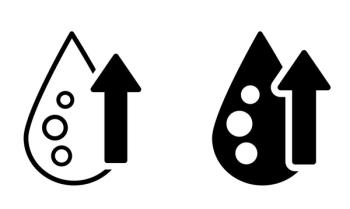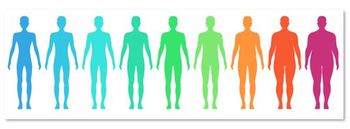
Decision Aid Improves Statin Compliance Among Diabetics
ROCHESTER, Minn. -- A dose of blunt reality, without sugarcoating, helped patients with diabetes appreciate their cardiovascular risks and gave them incentives to be compliant with statins.
ROCHESTER, Minn., May 29 -- A dose of blunt reality, without sugarcoating, helped patients with diabetes appreciate their cardiovascular risks and gave them incentives to be compliant with statins.
Patients with diabetes who received a straightforward guide outlining their heart risks and explaining the benefits and risks of statins were better informed and were more likely to adhere to their drug regimens than controls, reported Audrey J. Weymiller, C.N.P. of the Mayo Clinic here, and colleagues.
"Compared with usual care in our setting, use of this decision aid improved the accuracy of patients' estimate of cardiovascular risk without statin therapy, improved their knowledge about statins and the potential relative merits of statin therapy, and improved the accuracy of their estimate of absolute cardiovascular risk reduction with statin therapy," the authors wrote in the May 28 issue of the Archives of Internal Medicine.
The investigators tested a decision aid, called Statin Choice, for its ability to help patients make timely informed decisions about their care. The guide can be customized to individual patient.
"Using information about your health we've estimated that you have a ___ chance of having a heart attack sometime in the next 10 years," the one page, single-sided decision aid reads.
In the example shown in the article, the hypothetical patient's cardiovascular risk is estimated to be at 15% to 30% over the next decade, based on gender, age, duration of diabetes, presence of proteinuria, latest HbA1c, blood pressure, total cholesterol/HDL, and smoking status.
The guide also contains a graphic showing 80 green "smiley" faces and 20 frowning red faces to represent a 20% risk, and a similar graphic with six of the 20 red faces turned to smiling yellow faces to represent the number of heart attacks that might be avoided through statin use.
The guide then explains the drawbacks of taking statins, including chronic use and costs; common side effects such as nausea, diarrhea, constipation; muscle aching/stiffness; elevated liver enzymes, and muscle/kidney damage, which the guide notes occurs in "1 in 20,000 patients, (requires patients to stop statins)."
Finally, the guide presents patients with a checklist asking which action they now wish to follow, based on the information provided: "take (or continue to take) statins, not take (or stop taking) statins, discuss with your clinician today discuss with your clinician in the future (when?) discuss with others (who?)"
To determine whether the guide could have an effect on the decision-making process, the authors randomly assigned 98 patients with diabetes to the guide or a standard Mayo Clinic cholesterol management pamphlet as a control. The allocation of the educational materials was concealed, patients were blinded to the study goals, and the analysis was by intention to treat.
The guide or the control pamphlets were given to patients by one of 21 endocrinologists working in specialty outpatient metabolic consultations. The investigators examined the acceptability of the guide, patient knowledge about options and cardiovascular risk, and decisional conflict immediately after the visit. They also looked at drug adherence three months after the intervention.
They found that patients favored using the decision aid (odds ratio vs. controls, 2.8; 95% confidence interval, 1.2-6.9). In addition, the 52 patients who received the decision aid knew more about cardiovascular risk than controls, (a difference of 2.4 of 9 points; 95% CI, 1.5-3.3), and were far better than their counterparts at estimating cardiovascular risk (odds ratio, 22.4; 95% CI, 5.9-85.6).
In addition, patients who received the decision aid had a nearly seven-fold better understanding of the potential absolute risk reduction with statins (odds ratio 6.7; 95% CI, 2.2-19.7), and had less decisional conflict than controls, as measured by a difference of ?10.6 (95% CI, ?15.4 to ?5.9) on a 100-point scale.
The decision aid also appeared to improve drug adherence. Among 33 patients in the intervention group taking statin drugs at three months, two reported one or more doses in the last week, compared with six of 29 patients in the control group. The odds ratio for taking statin drugs in the decision-aid group was 3.4 (95% CI, 1.5-7.5).
The study was limited by enrollment of patients who were already taking statins (slightly more than half of the patients in each group), patient self-report of adherence without verification, and the fact that the study was conducted with well-educated patients in a single clinic, the authors acknowledged.
Newsletter
Enhance your clinical practice with the Patient Care newsletter, offering the latest evidence-based guidelines, diagnostic insights, and treatment strategies for primary care physicians.




